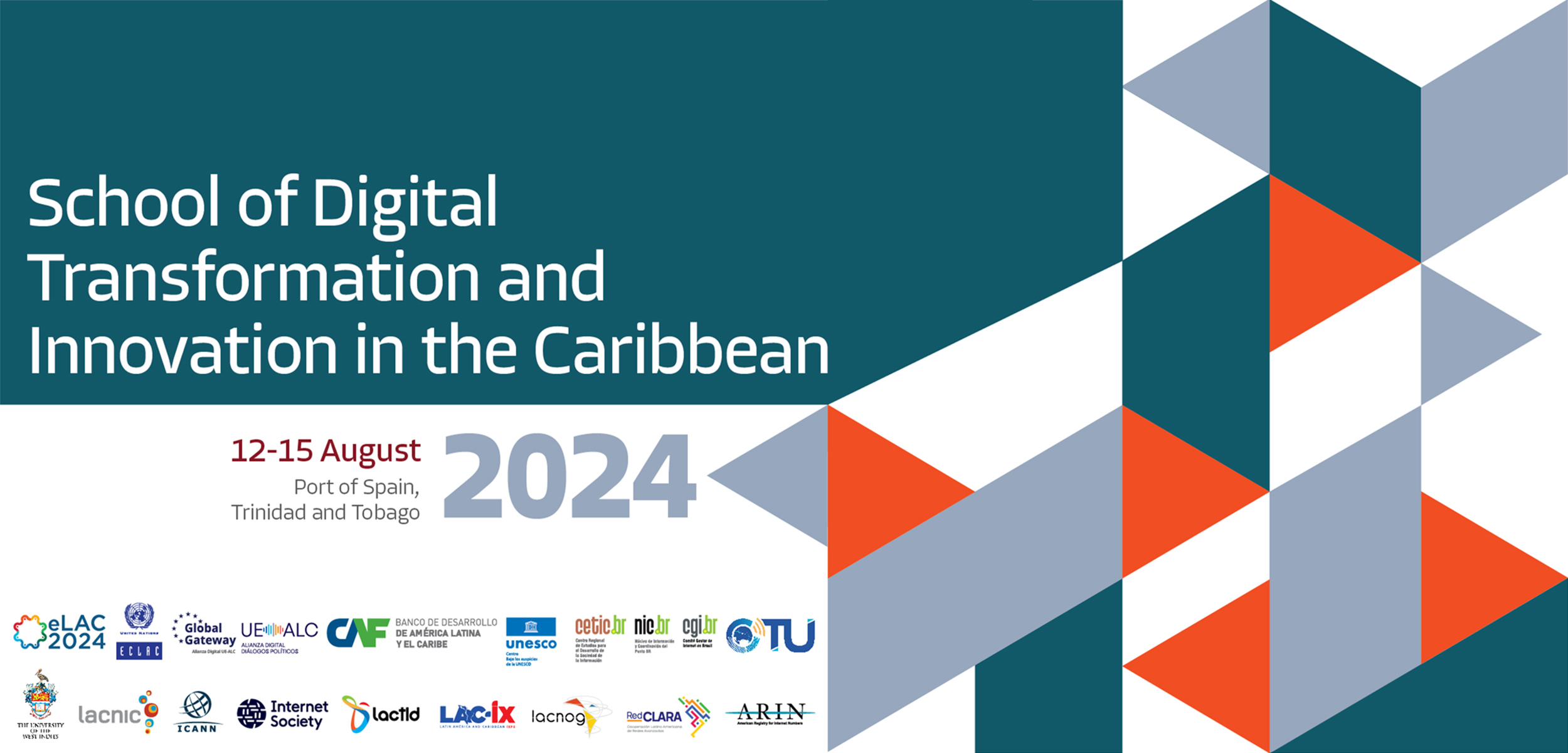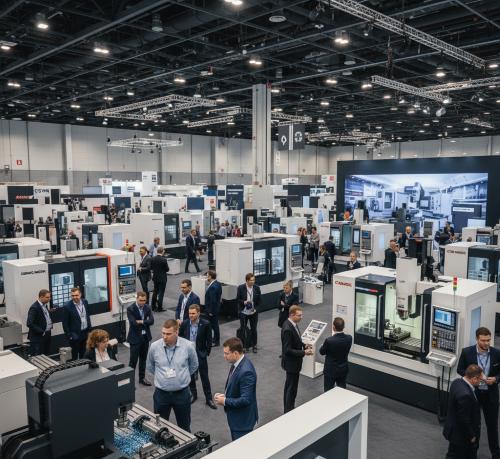Project Overview: Sun Empire Industrial Development
Fostering Economic Growth and Decent Work (SDG 8)
The Opus Group has initiated a significant industrial project, Sun Empire, on a 169-acre site in Aurora, Colorado. The development has secured its first tenant, a multinational Fortune 500 company, which will occupy 150,000 square feet. This tenancy marks a critical first step in the project’s contribution to local economic vitality. By attracting major corporations, the Sun Empire development directly supports the United Nations Sustainable Development Goal 8, which promotes sustained, inclusive, and sustainable economic growth, full and productive employment, and decent work for all. The project is strategically positioned to leverage a local workforce of 60,000 and serve a rapidly expanding residential area with 34,000 new homes, thereby creating stable employment opportunities and stimulating regional economic activity.
Infrastructure and Innovation in Support of Sustainable Industrialization (SDG 9)
The Sun Empire development is a multi-phase, master-planned project designed to build resilient infrastructure and promote sustainable industrialization, aligning with SDG 9. Its strategic location, just three miles from Denver International Airport and near major transportation arteries E-470 and Interstate 70, enhances logistical efficiency and connectivity for industrial tenants.
Project Timeline
- Land Acquisition: July 2022
- Phase One Construction Start: November 2022
- Phase One Building Completion: November 2024
- First Tenant Operational: September 2025 (projected)
Opus served as the developer, design-builder, and architect, ensuring an integrated approach to creating modern, high-performance industrial facilities.
Phase One Specifications and Contribution to Sustainable Goals
Building Sustainable Cities and Communities (SDG 11)
The first phase of construction includes two speculative Class A buildings totaling 828,953 square feet. This infrastructure is essential for supporting the economic base of a fast-growing community, a key target of SDG 11. By providing state-of-the-art industrial space, the development helps ensure that urban expansion is economically productive and sustainable.
Advancing Resource Efficiency and Modern Energy (SDG 12 & SDG 7)
The design of the buildings incorporates features that promote resource efficiency and provide access to modern energy infrastructure, supporting SDG 12 (Responsible Consumption and Production) and SDG 7 (Affordable and Clean Energy).
- Building 1A: This 624,094-square-foot facility features a 40-foot clear height, which promotes resource efficiency by allowing tenants to maximize vertical storage, thereby increasing capacity within a smaller physical footprint. It is equipped with 110 cross-docked doors, 415 vehicle parking stalls, 85 trailer stalls, and a significant power capacity of up to 8,000 amps, supporting energy-intensive modern industrial processes.
- Building 1B: This 204,859-square-foot building offers a 32-foot clear height, 38 dock doors, 248 vehicle parking stalls, and 56 trailer stalls. Its 3,000-amp power supply provides robust energy access for light manufacturing and distribution.
Both buildings include pre-built, internet-ready office suites to expedite tenant occupancy and operational efficiency.
Market Outlook and Future Expansion
Sustained Development and Long-Term Growth
The market has responded favorably to the Sun Empire development, with strong and steady interest reported in the initial buildings. The successful leasing of a significant portion of Building 1B ahead of its operational date underscores the demand for high-quality, strategically located industrial space. Marketing for the remaining space is being managed by CBRE.
A second phase of construction is planned, which is expected to add approximately 1.2 million square feet of industrial space across three additional buildings. This future expansion will further solidify the project’s contribution to sustainable economic growth (SDG 8) and resilient infrastructure (SDG 9) in the region.
1. Which SDGs are addressed or connected to the issues highlighted in the article?
SDG 8: Decent Work and Economic Growth
- The article discusses a major industrial development, Sun Empire, which is designed to attract large companies, such as the “multinational Fortune 500 company” that has already signed a lease. This type of development directly contributes to economic growth by creating commercial space, attracting investment, and fostering business operations. The project’s location within a community with a “local workforce of 60,000” explicitly links the development to employment and economic activity in the region.
SDG 9: Industry, Innovation, and Infrastructure
- The core subject of the article is the construction of new, modern infrastructure. It details the development of a “169-acre multi-phase master planned industrial development,” including the construction of “two speculative Class A buildings totaling 828,953 square feet.” The article highlights specific infrastructure features like “40-foot clear height,” “110 cross-docked doors,” and significant power capacity (“up to 8,000 amps of power”), which are all elements of building resilient and capable industrial infrastructure.
SDG 11: Sustainable Cities and Communities
- The project is presented as a key part of a “fast-growing community” where “34,000 new homes are being built.” By developing industrial infrastructure in proximity to a major airport and highways (“three miles from Denver International Airport, within close proximity to E-470 and Interstate 70”), the project supports integrated urban planning. It aims to create economic hubs that support the growing residential population, thereby strengthening the economic foundation of the community.
2. What specific targets under those SDGs can be identified based on the article’s content?
SDG 8: Decent Work and Economic Growth
- Target 8.2: Achieve higher levels of economic productivity through diversification, technological upgrading and innovation. The article describes “Class A buildings” with “differentiated building amenities” such as a “40-foot clear height” and double the typical power supply. These features represent technological upgrading in industrial real estate, designed to enhance tenant capacity and productivity.
- Target 8.3: Promote development-oriented policies that support productive activities, decent job creation, entrepreneurship, creativity and innovation. The entire Sun Empire project is a large-scale development aimed at supporting “productive activities” by providing modern industrial space for large corporations, which in turn leads to job creation for the “local workforce of 60,000.”
SDG 9: Industry, Innovation, and Infrastructure
- Target 9.1: Develop quality, reliable, sustainable and resilient infrastructure, including regional and transborder infrastructure, to support economic development and human well-being. The construction of 828,953 square feet of new industrial buildings, with plans for an additional 1.2 million square feet, on a 169-acre site with advanced power and logistics capabilities, is a direct fulfillment of this target.
SDG 11: Sustainable Cities and Communities
- Target 11.a: Support positive economic, social and environmental links between urban, peri-urban and rural areas by strengthening national and regional development planning. The strategic location of the development near a major international airport and key interstate highways strengthens the economic links between the Aurora community (a peri-urban area) and national/global markets, reflecting effective regional development planning.
3. Are there any indicators mentioned or implied in the article that can be used to measure progress towards the identified targets?
Indicators for SDG 8
- Implied Indicator for Job Creation (Target 8.3): The lease of 150,000 square feet by a single user and the availability of a “local workforce of 60,000” imply the creation of new jobs. The total square footage developed (828,953 sq ft) and planned (1.2 million sq ft) serves as a proxy indicator for the potential scale of employment opportunities.
- Qualitative Indicator for Economic Productivity (Target 8.2): The specifications of the buildings, such as “40-foot clear height” and “8,000 amps of power,” are indicators of modern, high-productivity infrastructure.
Indicators for SDG 9
- Indicator for Infrastructure Development (Target 9.1): The article provides several quantitative indicators: the total size of the development (“169-acre”), the square footage of buildings in the first phase (“828,953 square feet”), and the planned square footage for the second phase (“an additional 1.2 million square feet”).
Indicators for SDG 11
- Indicator for Regional Planning (Target 11.a): The project’s proximity to critical transport infrastructure (“three miles from Denver International Airport, within close proximity to E-470 and Interstate 70”) is a specific indicator of its role in strengthening economic links. The mention of “34,000 new homes being built” nearby indicates that this industrial planning is concurrent with residential planning.
4. Table of SDGs, Targets, and Indicators
| SDGs | Targets | Indicators |
|---|---|---|
| SDG 8: Decent Work and Economic Growth |
8.2: Achieve higher levels of economic productivity through technological upgrading.
8.3: Promote development-oriented policies that support productive activities and decent job creation. |
– Construction of “Class A buildings” with “40-foot clear height” and “8,000 amps of power.” – Attraction of a “multinational Fortune 500 company.” – Access to a “local workforce of 60,000.” |
| SDG 9: Industry, Innovation, and Infrastructure | 9.1: Develop quality, reliable, sustainable and resilient infrastructure to support economic development. |
– Development of a “169-acre multi-phase master planned industrial development.” – Construction of “828,953 square feet” in Phase 1. – Planned construction of an “additional 1.2 million square feet.” |
| SDG 11: Sustainable Cities and Communities | 11.a: Support positive economic links between urban and peri-urban areas by strengthening regional development planning. |
– Location “three miles from Denver International Airport” and near “E-470 and Interstate 70.” – Development situated in a “fast-growing community” with “34,000 new homes being built.” |
Source: milehighcre.com







